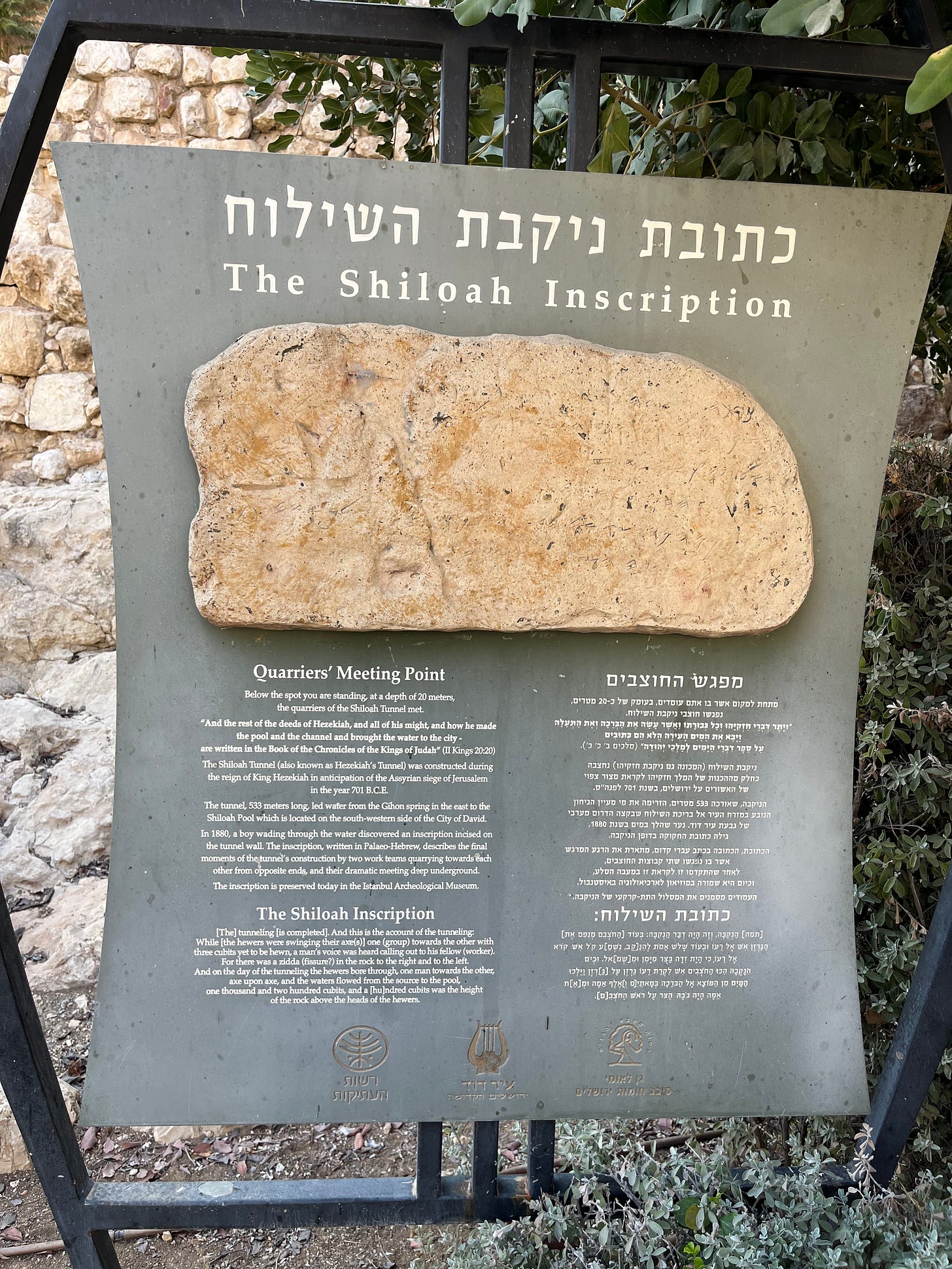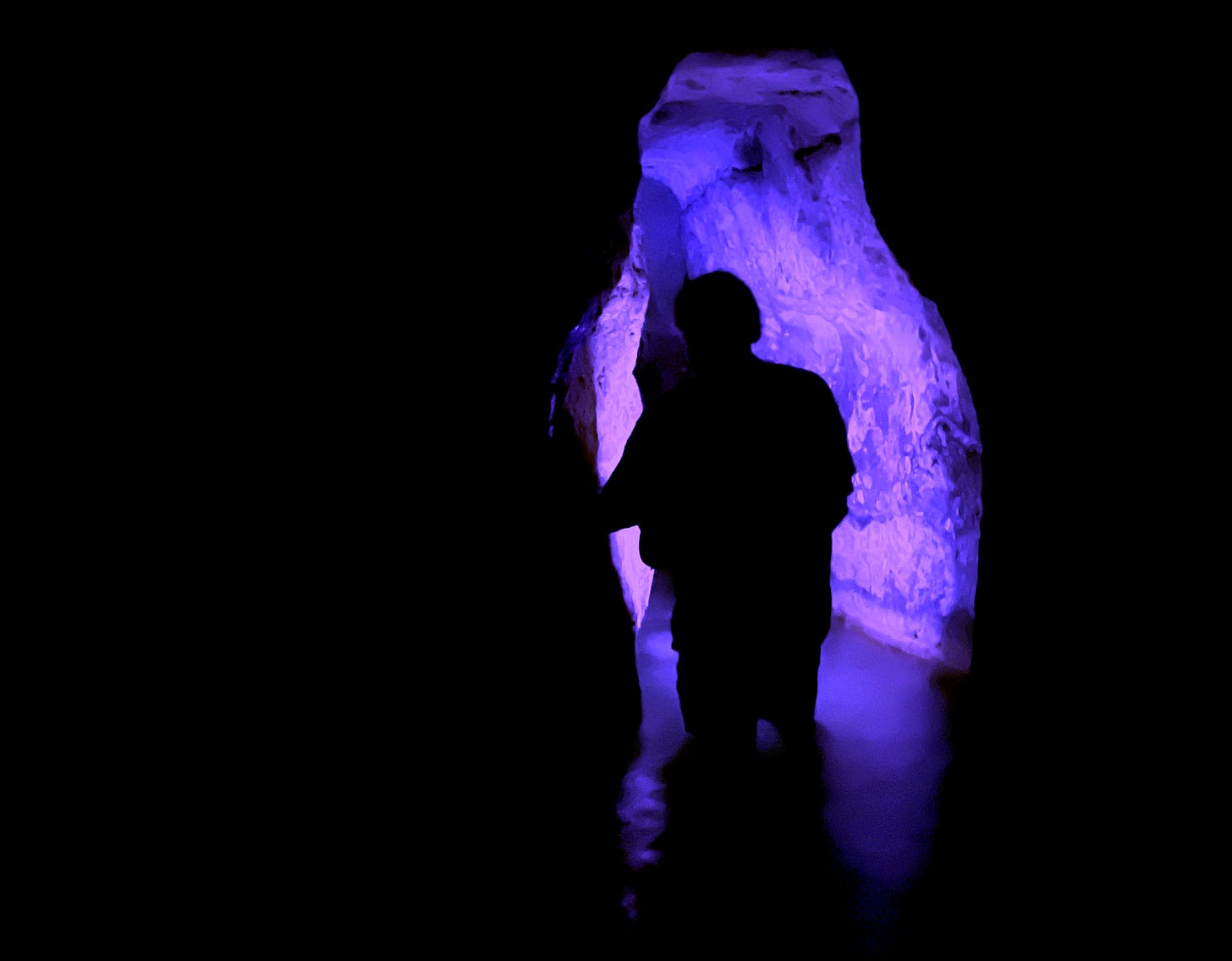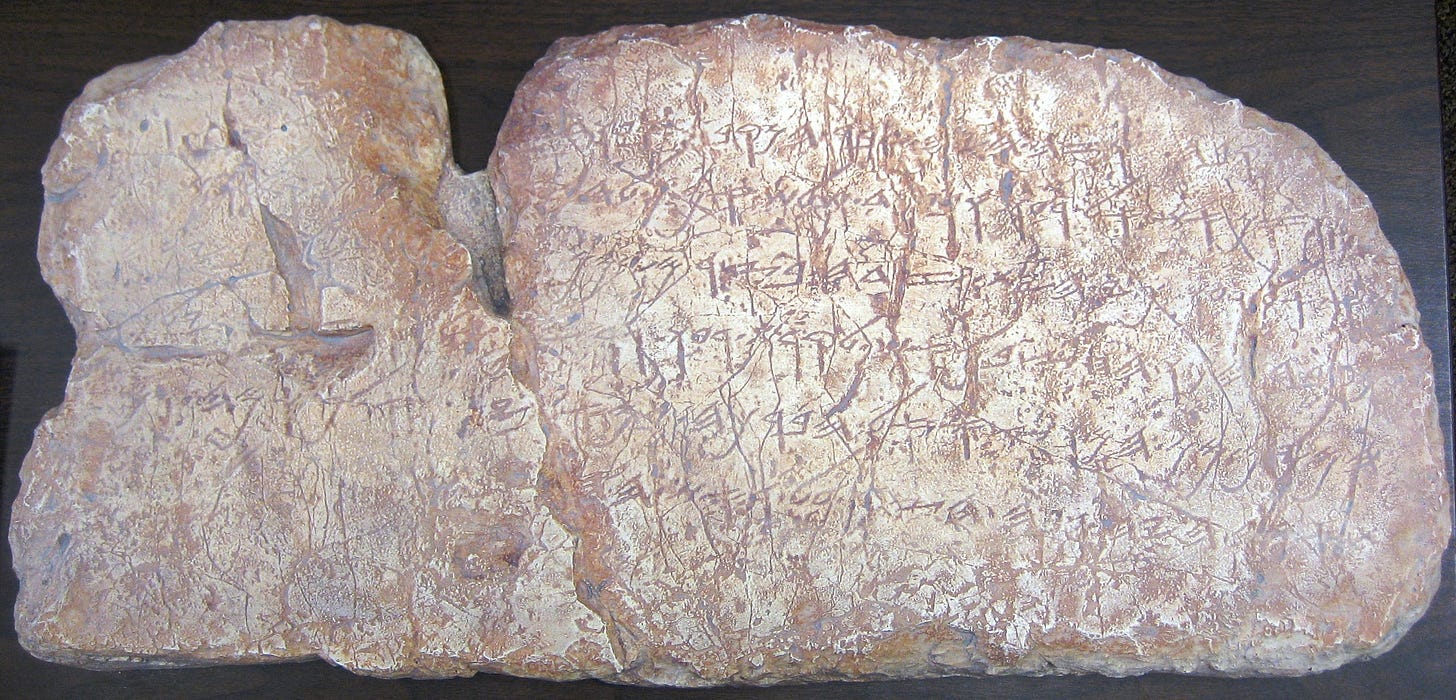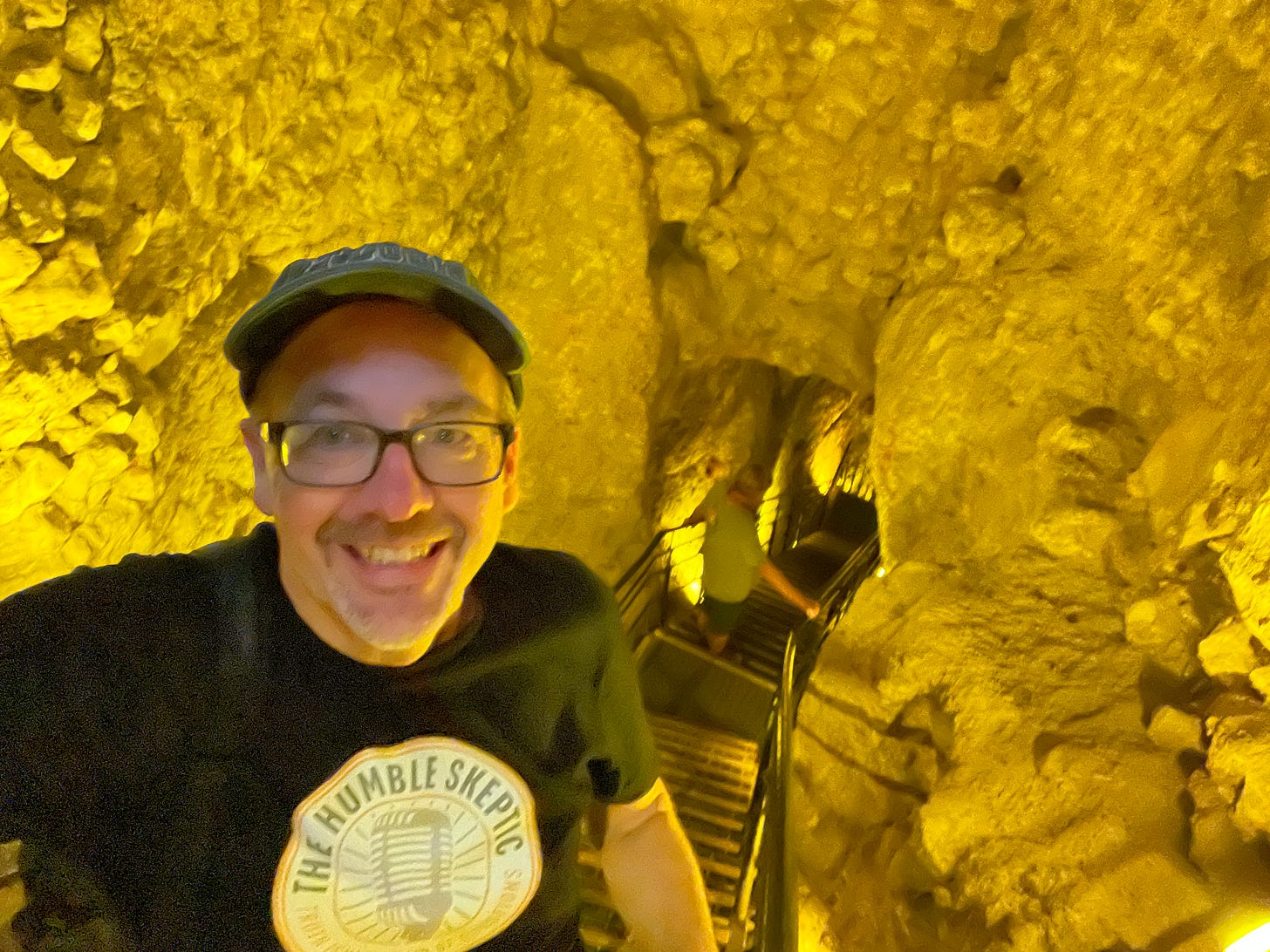The Haunted Tunnel: A Story of Exploration & Discovery in the Land of the Bible
How a 16 year old boy discovered one of Israel's oldest and most fascinating archaeological inscriptions
This short extract is taken from Our Jerusalem: An American Family in the Holy Land, 1881-1949 by Bertha Spafford Vester (1950).
Jacob Eliahu was…born in Ramallah, a village about twelve miles north of Jerusalem…Later, he took our name and assumed great responsibilities in the American Colony as Jacob Spafford. The year before our arrival, when Jacob was sixteen…his imagination was fired by learning about the subterranean tunnel in the Ophal Hill that had been excavated by King Hezekiah to bring water inside the threatened city (2 Kings 20:20). On the approach of Sennacherib, Hezekiah diverted the spring through the tunnel that pierces the hill sinuously and empties its waters into the Pool of Siloam; by covering up the spring the water was thus insured for the city but made inaccessible to the enemies (2 Chr 32:1-4)…The tunnel…is supposed to be haunted by a dragon or [malevolent spirit]. Even in biblical times, Nehemiah referred to it as “the Dragon Well” (Neh 2:13).
I recently decided to explore this haunted tunnel for myself during my recent trip to Israel. Click the play button to see what I discovered…
Nevertheless, Jacob determined to explore the tunnel. Because of its reputation for being haunted, he had some trouble persuading his friend Sampson, a boy about his own age, to explore it with him, but at last he was persuaded. The boys kept their plan a profound secret. They had no idea of the height or width or length of the tunnel, nor how deep the water [was, so] they prepared floats with candles and matches attached, and tied these around their necks with strings.
Jacob started from the Pool of Siloam side while Sampson entered from the [opposite direction, and the] plan was to meet in the middle. Jacob found himself in total darkness and muddy water up to his chin. It was cold and drafty in the tunnel; his candle blew out, his float with the matches submerged in the water, and he could not relight the candle. But he kept on, guiding his way by keeping his hand on the damp stone wall and feeling under his fingertips the marks of ancient chisels going forward, from right to left…Jacob, feeling his way, suddenly was conscious that the chisel marks had changed and were now going from left to right. He realized he must be in the exact place where the King’s workmen had met under the city. Carefully, he felt all around the walls, and was certain that his fingers detected an inscription chiseled in the stone.
He hurried through the watery tunnel to tell Sampson. A point of light shone ahead and he knew that he must have reached the other end…He did not know Sampson had long since abandoned his friend and gone back to school. Jacob rose out of the pool, dripping muddy water and half blind from the dark tunnel, and dimly perceived many figures about. Among them was a lad about Sampson’s size. Jacob clutched him, crying: “Sampson, I have succeeded!”
It was not Sampson but a peasant boy, who thought the [demon] of the tunnel had captured him, and collapsed into the water in a dead faint. The women about the pool, filling their jars with water and doing their washing, nearly tore Jacob to pieces. He ran for his life, followed by their screamed curses. When he reached school, he confessed the escapade to the headmaster. He expected punishment. Instead, his report of an inscription in the Siloam tunnel caused a sensation in the school and throughout Jerusalem.
Plans were soon afoot to investigate, but before they were completed a Greek [individual] with an eye to financial gain entered the tunnel by night and blasted the inscription out of the solid rock, breaking it in the process. Before he was able to spirit it away, the Turkish authorities captured him. He paid for the theft, and the inscription is now in the museum at Istanbul, with the crack plainly across it.
The inscription is not on a separate piece of stone but crudely cut in the wall, very likely by one of the workmen. Its translation was published by the Palestine Exploration Fund Quarterly Statement for July 1881:
Behold the excavation. Now this has been the history of the excavation. While the workmen were still lifting up the pick, each toward his neighbor, and while three cubits still remained to be cut through, each heard the voice of the other who called to his neighbor, since there was an excess of rock on the right hand and on the left. And on the day of the excavation, the workmen struck each to meet his neighbor, pick against pick, and there flowed the waters from the spring to the pool for a thousand two hundred cubits, and a hundred cubits was the height of the rock over the head of the workmen.
Professor Sayce, the great archaeological authority, described the Siloam Inscription as the oldest record of Biblical Hebrew yet discovered…My foster brother often told the thrilling story of the Siloam Inscription [but] seldom mentioned the fact, well known to archaeologists, that he was that boy [who discovered it].1


FYI, I did eventually find light at the end of the tunnel!
TOP 10 Episodes of The Humble Skeptic
01 Is Faith Irrational?
02 The Pilot Episode: Was My Dad a Character in Piano Man?
03 Is Faith A Feeling?
04 Is Faith Blind?
05 How Did Jesus View the Old Testament?
06 Did the Exodus Ever Happen?
07 Did Josephus Ever Mention Jesus?
08 Faith Founded on Facts
08 Christian Narcissism
10 Locating Golgotha
Death, Ghosts & Views of the Afterlife
On this edition of The Humble Skeptic podcast, we’ll contrast popular beliefs about ghosts and the afterlife with the views presented in the Old and New Testaments. Joining Shane to discuss this impo…
Bertha Spafford Vester and Evelyn Wells, Our Jerusalem: An American Family in the Holy City, 1881-1949 (Garden City, NY: Doubleday & Co., 1950), 89-93. To read the full book, click here. The punctuation of this extract has been slightly modified, and the word “genie” was replaced with “malevolent spirit,” since that is closer to the original meaning of the Arabic word.






Happy for you to be there! Thank you for sharing with us.